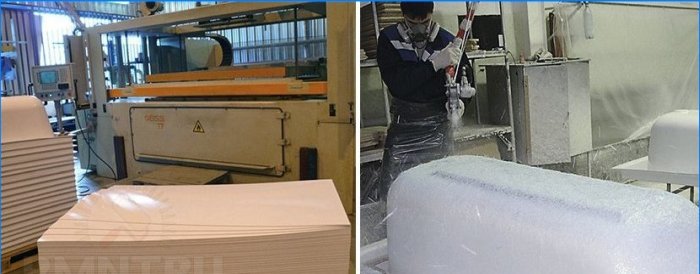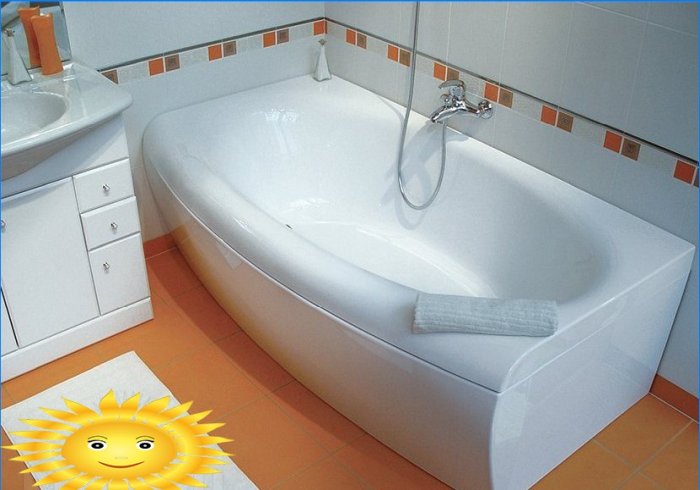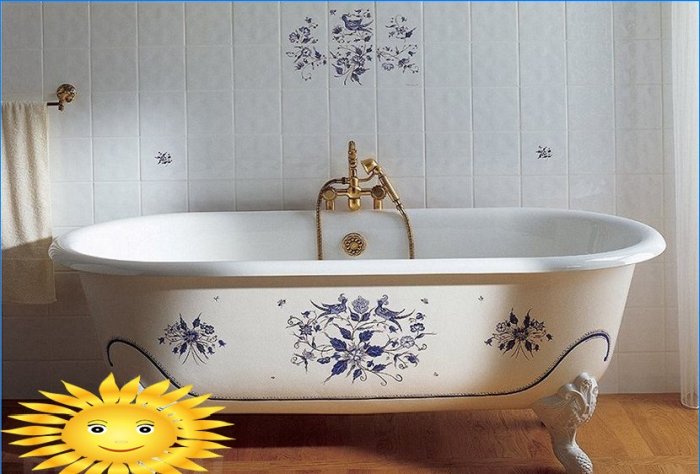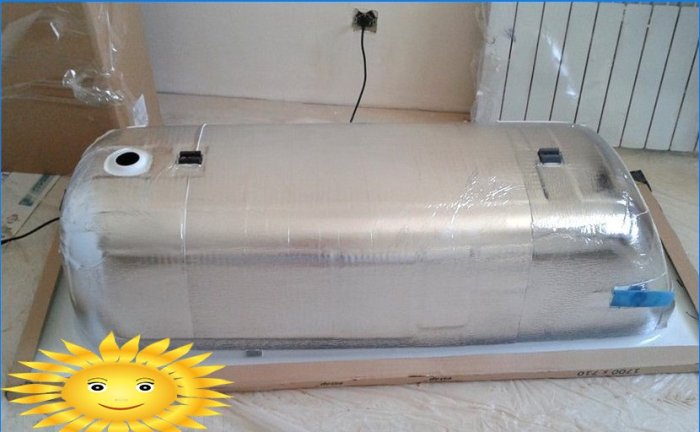Recommendation points
When choosing a bath, we often pay attention to the shape and size, and in fact from what material it is made of depends on its heat capacity, durability, strength and comfort. In this article, we will help you make your choice by comparing acrylic, cast iron and steel bathtubs.
We choose a bath for years, so it must meet our requirements. Be functional and comfortable. Its service life is also important, as well as the ease of keeping it clean. Therefore, an important feature when choosing a bath is the material from which it is made..
Manufacturers offer a wide range of bathtubs – cast iron, metal and acrylic. The question arises, what material to choose from?
Acrylic
Acrylic baths are now the most popular. Acrylic is the generic name for polymethyl methacrylate. The plasticity of this material allows the production of bathtubs of various designs, shapes (round, corner, freestanding) and sizes, up to giant.
Acrylic bathtubs are made of 4–8 mm thick acrylic sheets, which are formed by hot stamping at a temperature of about 180 ° C. The body of the bathtub is reinforced with polyester resin and fiberglass, which guarantees its rigidity and strength. Some models have additional reinforced side walls and bottom.
Acrylic has good insulating properties, and its high gloss and smooth antibacterial surface is its undoubted advantage. In addition, acrylic is inert and non-corrosive, and is also resistant to chipping and cracking. But if the trouble in the form of a chip did occur, then the acrylic bathtub is completely subject to repair and restoration.
Another important element of acrylic bathtubs is the rather long retention of the water temperature during the entire bathing time. The water cools slowly, so this argument will certainly convince people who like to lie in a hot bath for a long time without needing to top up..
Interesting fact. The first acrylic bathtub was made in 1947 in Australia and in good condition served until the mid-eighties of the last century.
Cast iron
Cast iron baths continue to hold their positions in the market due to their unique properties. Iron is the main ingredient in the bath. The metal is poured into a mold, after cooling it is polished, covered with anti-corrosion agents, then enamel is applied. By the way, the enamel in these comfortable baths is of high quality, and it is not threatened by ultraviolet rays, bleach for fabrics, salts and hair dyes. Cast-iron bathroom care is straightforward.
Cast iron baths are definitely very durable and heat-intensive. They are able to keep warm for a long time. The heavy weight of cast iron baths is a problem during transportation, but heavy baths are very stable and therefore safe. These bathtubs do not, of course, offer such an incredible variety of shapes and colors as acrylics, but high quality cast iron is a product that has been well proven over the years..
Steel
Steel baths are stamped from sheet steel, with a thickness of two to six millimeters with an enamel coating. The thinner the enamel layer, the more resistant the coating is. There are no pores on the surface of the enamel, so timely rinsing with a simple soapy solution will allow it to retain its shine for a long time and ensure constant cleanliness.
Light weight, resistance to detergents, as well as easy repair of surface scratches and enamel chips are another main advantage. Due to the thin metal, the bath has a rather high thermal conductivity and low sound absorption, but this drawback can be completely eliminated by insulating the body with a layer of expanded polystyrene, especially since the low price of a steel bath covers these inconveniences. The service life of the bath is relatively short, about 15 years, but some modern manufacturers give a guarantee up to 30 years.
Comparative characteristics: advantages and disadvantages
There should be no hasty decisions when choosing a bath. It is worth taking into account all aspects: size, shape, manufacturer, the main advantages and disadvantages of the material from which it is made.
Material Benefits disadvantages Acrylic Holds water temperature for a long time. High susceptibility to scratches and impacts. Lightweight (the standard model weighs about 20 kg) for easy transport and installation. Requires special care products. Good sound absorption properties. Large selection of shapes and sizes, including non-standard. Various colors. Cast iron Very durable. Large weight (from 80-100 kg and more). Durable. Small selection of shapes. Keeps water temperature well. Steel Resistant to damage and strong detergents. Low heat capacity. Variety of shapes and sizes. Poor sound absorption. Relatively light weight. Low price.









I’m intrigued to know which bath material is the most suitable for my needs. Could someone help me decide between cast iron, steel, and acrylic bathtubs? I would love to understand the differences in terms of durability, maintenance, and overall comfort. Any insights or firsthand experiences would be greatly appreciated. Thank you!